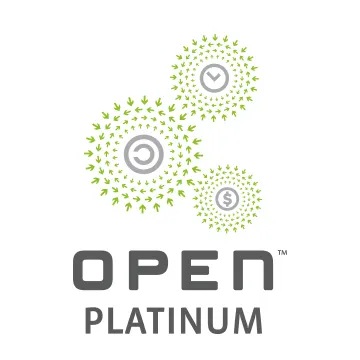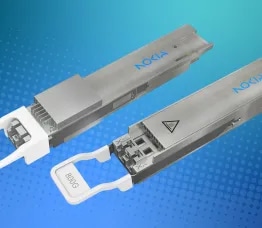Nokia deepens commitment to open innovation as AI initiatives scale in the data center and to the edge

Nokia is deepening its commitment to industry collaboration and open innovation by announcing its Platinum-level membership in the Open Compute Project (OCP), as the organization reaches a milestone of 500 members. Nokia is proud to be a part of the thriving OCP ecosystem that is guiding the evolution of the AI supercycle with standards for open innovation.

As the demand for AI workloads surge, today’s data center architectures are reaching their limits in capacity, power and scalability, and the functionality of the network edge is insufficient. The pace of innovation requires community-driven participation to design new approaches. It's the open collaboration among all types of infrastructure operators and vendors that makes standards-based networking solutions possible.
By coming together in the OCP working groups, the industry communicates and makes sure that new innovations can all work together across the solution. By defining how to go about operating and providing access to AI, we give customers confidence in these technologies and provide complete solutions.
Building open networks for AI
While innovations within the data center continue to deliver faster compute and connectivity, meeting AI’s exponential growth increasingly depends on interconnecting multiple data centers and scaling resources across physical sites. Additionally, the reach of many AI applications will be to heterogeneous devices at the edge. These will power the everyday experiences of the future, such as autonomous vehicles, robots, smart glasses, augmented reality and industrial automation.
In this changing landscape, networking solutions must evolve, including:
1. AI-native networks – support AI-powered consumer experiences and enterprise services at the edge.
2. Tighter integration between IP and optical layers – deliver the space, cost and power efficiencies required to scale up and scale out Ethernet and also scale across distributed infrastructures.
3. Advanced optical technologies for inter–data-center connectivity – leverage coherent optics and multi-fiber optimized optical line systems to achieve the ultra-high speeds needed for inter–data-center connectivity.
4. Inside–data-center optical advancements – develop high-speed optical interconnects optimized for the dense, power-constrained environments of modern data centers, enabling faster compute-to-compute links, cost-effective PON out-of-band management and improved energy efficiency.
5. AI-driven network operations – apply AI to ensure reliability, automation and efficiency in end-to-end delivery.
Nokia’s focus
This is the focus of Nokia’s collaboration in its ecosystems: using its expert knowledge in optical and IP layer integration for scale in distributed architectures, AI-native wireless for improved consumer and enterprise experience, advanced optical systems for inter-data-center connectivity, high-speed optical interconnects for faster compute-to-compute links and energy efficiency, and AI-driven network operations.
Nokia is accelerating AI to advance business and society. Discover more by reading about priorities to consider in using AI in your own organization.








